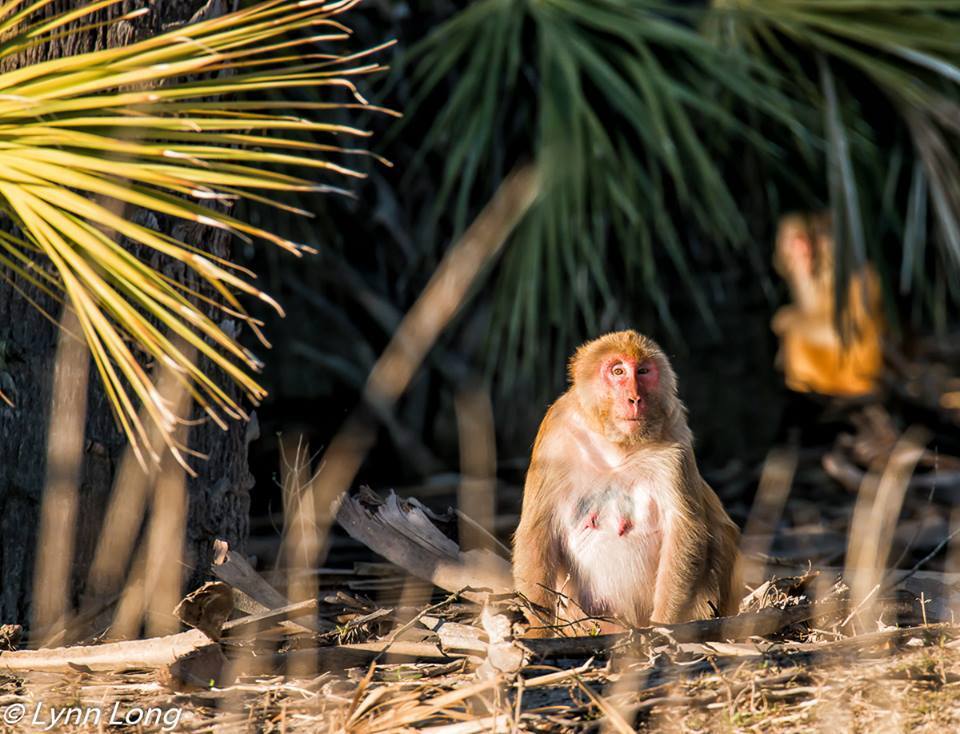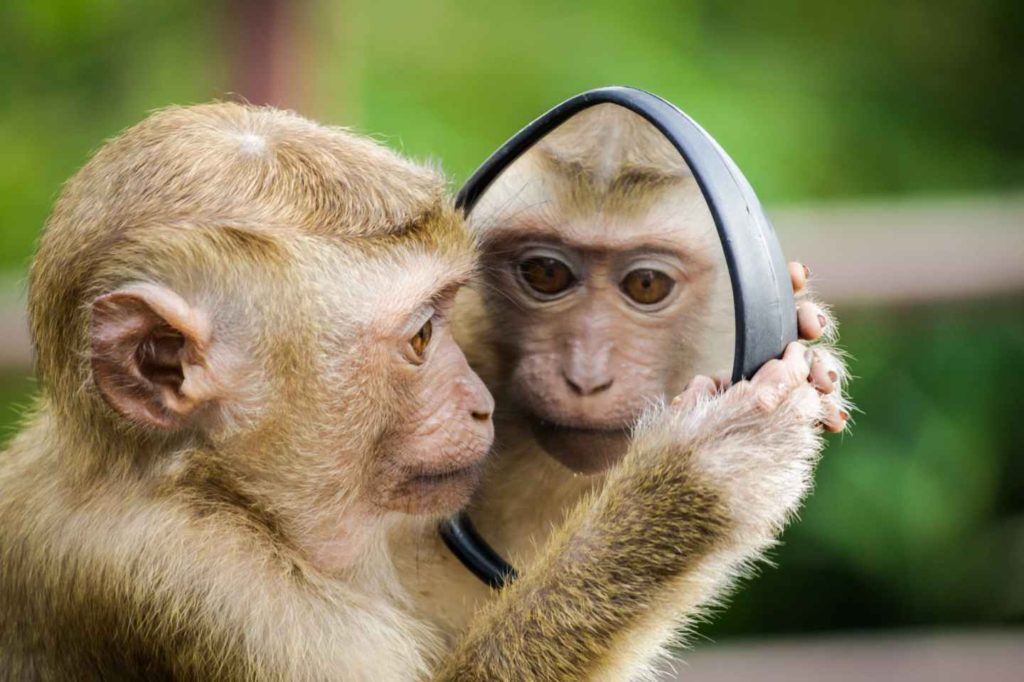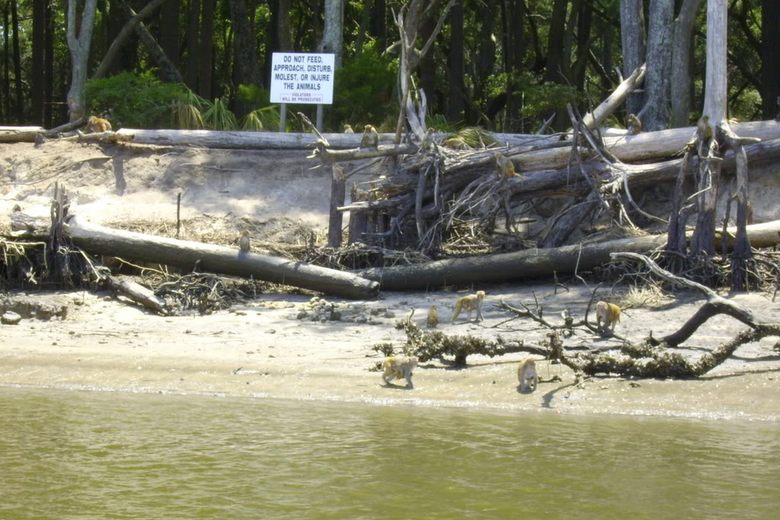The History of South Carolina’s Monkey Island

There’s a strange place in South Carolina called Morgan Island, home to over 4,000 monkeys, commonly referred to as “monkey island”. Located in the St. Helena Sound off the coast of Beaufort, SC not far from the beaches of Charleston, Morgan Island is a scientific oddity that has stirred up many local legends and controversy over the years.
The monkeys are rhesus monkeys, or rhesus macaque, native to Asia where they are found in great abundance. They have long been popular in the world of science for their relative similarity to humans, which leads us to the reason that they ended up on Monkey Island in South Carolina.
In the late 1970s, some scientists cooked up a plan to conduct vast scientific research at a lab on Morgan Island. The monkeys were then shipped over from the Caribbean Primate Research Center at the University of Puerto Rico, initially numbering an already-hefty 1,400 monkeys strong.

Here, the monkeys were bred for research and testing as part of a contract between the FDA and a private company. This continued for many years and went widely unnoticed by the general population, though there were rumors passed around by people who claimed to have seen the monkeys while out boating in the area.
Morgan Island is a 4,500 acre island that had always been uninhabited due to its remote location, though when the monkeys arrived it became off-limits to the public.
When the island was discovered by the general populous in the early 2000s, it became the subject of much controversy due to the secrecy that was perceived to be surrounding it. This led to most of the research and experimentation being abandoned, and the monkeys have mostly been left to their own devices ever since.

Nowadays the monkeys are owned by the National Institute of Allergy and Infectious Diseases (NIAID), with population management handled by Charles River Laboratories.
The population of monkey island has boomed from its original 1,400 to an estimated monkey count of over 4000. The island is still off-limits to the public, and according to public knowledge there are no scientific experiments conducted on the monkeys, though there have been some studies done on the effect that the monkeys have had on the island and its native habitat.
In recent times, the controversy surrounding South Carolina’s Monkey Island has bubbled to the surface yet again as Rep. Nancy Mace responded to rumors of 600 monkeys being removed from the island each year for research purposes that some deem to be inhumane. None of this research is confirmed, though it has led to an entertaining news story, which you can read more about here.

While it’s illegal to step foot on Morgan Island, you can still see the monkeys by boat, whether it’s your own boat or with one of the many tour companies in the area. They are known to hang out on the beaches and give quite the show to those passing by.
There is only one other feral colony of rhesus monkeys in the United States, located in Silver Springs, Florida. Rather than scientific research, these monkeys have a more comical history of being released by a glass-bottom boat captain in the late 1930s, because he reportedly wanted to offer a genuine jungle experience to tourists.
This may seem funny, and you may find yourself wanting to visit either Morgan Island or the monkey island in Florida, but it’s probably not a good idea. Not only is it illegal, the monkeys are known to spread diseases, including the herpes virus.
Enjoy below a video taken by tourists off the coast of Morgan Island in the summer of 2012, depicting the monkeys enjoying some fun in the sun.